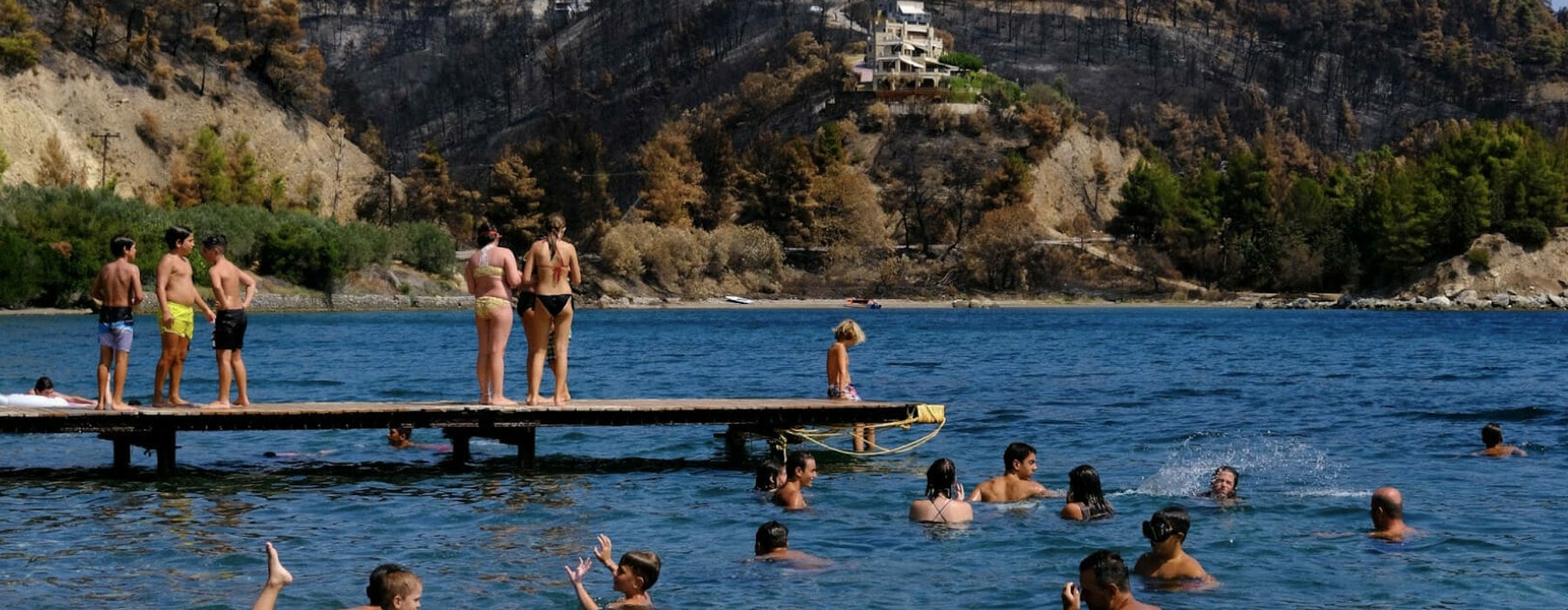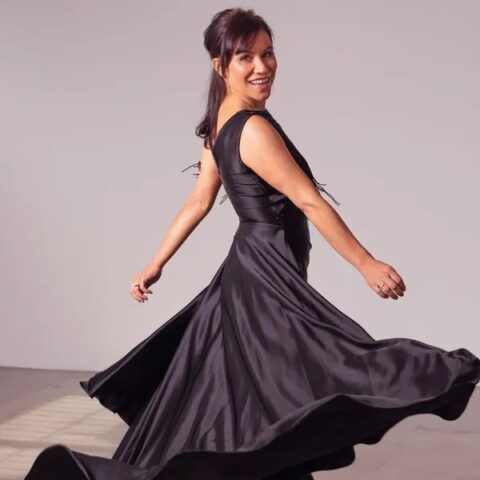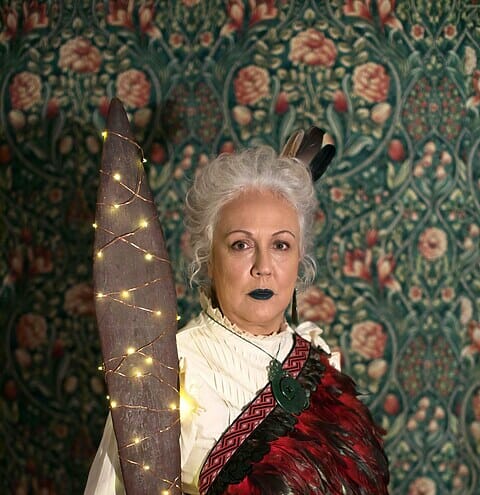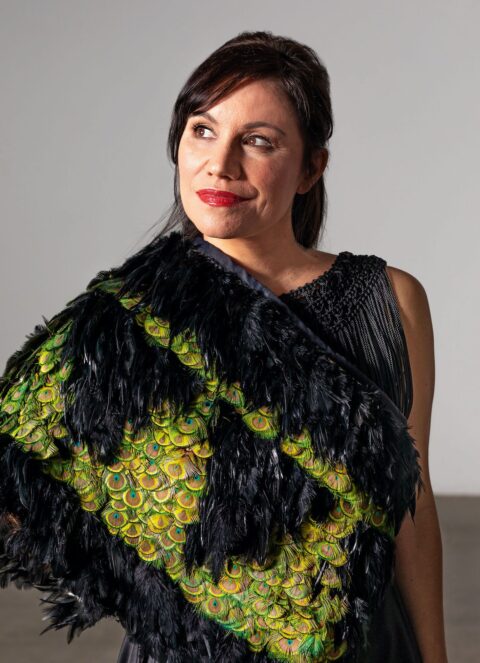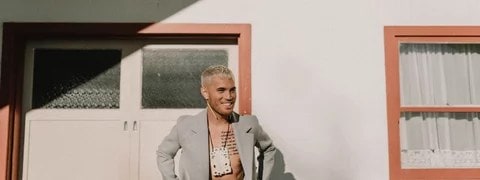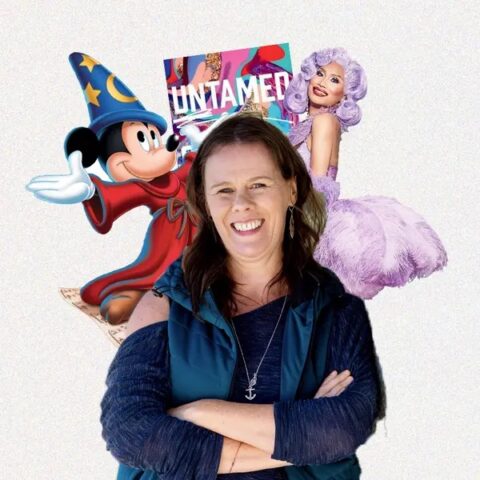Me tiro whakamuri, kia anga whakamua – let us remember the past, so we can move forward together
Looking to the past is a core value of te ao Māori – the Māori world. We connect to each other through shared tūpuna – ancestors and reviving place names, pūrākau – stories and te reo Māori are ways we honour our unique ways of being. As a Māori and Pākehā woman, I say Waitangi Day is an opportunity for all of us to remember the past so we can move forward together, understanding that the past can lead us. All of us, not just Māori.
Article Three of Te tiriti o Waitangi – The Treaty of Waitangi offers the duties of citizenship to all the ordinary people of New Zealand. Raraunga – citizenship is the pathway that many of our families followed to come to this country. My Pākehā ancestor on my Māori side, James Robinson-Clough, took a long, adventurous journey from England to end up in Akaroa, even being part of the raising of the English Standard there in 1840, after Te tiriti o Waitangi was signed by my tupuna Iwikau. That’s seven generations ago for me, which may sound like a lot to some, but feels quite recent to me.
I’ve realised the more we speak the stories of how our families came to be in this whenua, the closer they feel to us. Even if grandparents are the most distant forebears we know of, their journeys can be inspiring. I consider my Grandad coming to New Zealand in the 1950s as a real leap of faith, I have no experience of what six weeks on a boat coming across the world would feel like!
My Nana then followed, the photos of her on board show the quintessential beauty of the time in a one-piece bathing suit with sweetheart neckline – a young fiancée heading to her life in a new land, following her betrothed. Te tōnga o te aroha! The pull of love!
Even when we’re not directly related, Waitangi day can be a reminder to recognise those who have paved a way before us. We bought our house in Tāmaki Makaurau from a family who had owned it for many years. I vividly remember hearing that their Grandfather had built the house himself when he came home from the war. I think of him, sending him mihi – thanks in my mind, for the mahi he did to create our house.
I felt proud on his behalf when we extended the whare and the builders said it was one of the most perfectly square houses they’d ever worked on. I pictured that as the care he’d taken being complimented – a man whose name I don’t know, but feel his hau – vital essence, imprint present on the house, so I acknowledge it as part of his legacy.
This week as the floods devastated Auckland, kōrero tawhito – ancient stories about the wetlands and rivers that were built upon to create the city were gently mentioned by iwi mana whenua – tribes with recognised authority of the area, with sadness that we had not looked to the past to inform our future. I also had the chance to speak with our new Prime Minister Chris Hipkins this week (for my job on Flava radio) where he said helping the victims of the current crisis is of course our priority, but in the future we need to plan in ways that are more informed by the mātauranga – knowledge of what the landscape was like before we built on it. Working with our past, not against it, can be the spirit of Waitangi Day, ahakoa ko wai koe – no matter who you are.
Related Article: Why Stacey Morrison says every New Zealander should visit Waitangi

